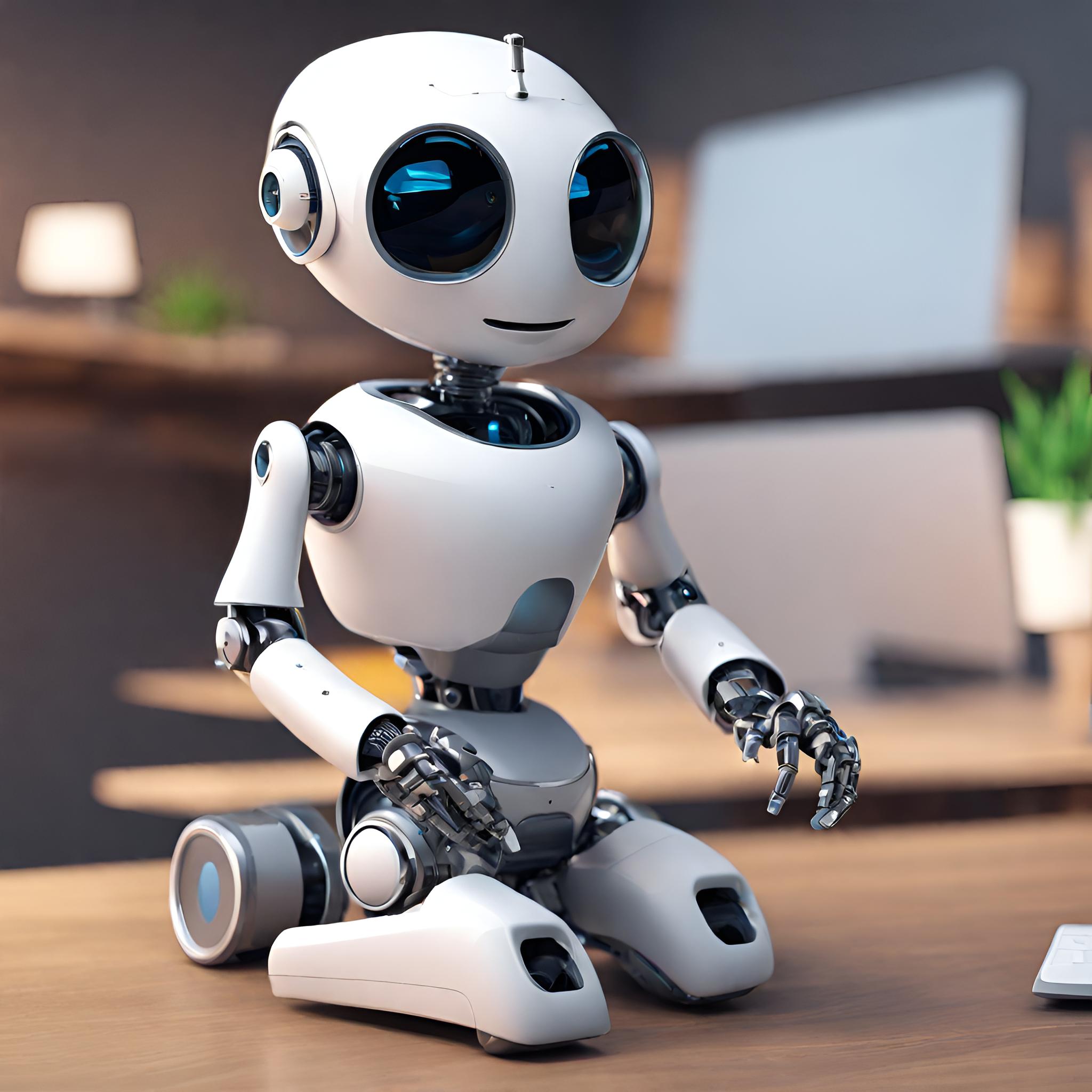Boosting Efficiency: AI Chatbots in Action

As organizations continuously strive to enhance their operational efficiencies, artificial intelligence (AI) has emerged as a significant ally. Among the various AI tools at the disposal of enterprises, AI chatbots stand out as highly effective instruments for automating communication and enhancing service delivery. Let’s dive into the dynamics of AI chatbots and explore how they are revolutionizing industries by boosting efficiency and productivity. 🚀
Understanding AI Chatbots and Their Roles
AI chatbots are sophisticated software programs that simulate conversations with users through text or voice interactions. These bots are powered by AI, machine learning (ML), and natural language processing (NLP) to understand, process, and respond to human inquiries with remarkable accuracy. Unlike traditional bots, AI chatbots can learn from interactions to improve their responses over time, making them smarter and more intuitive with each conversation. 🧠
The primary role of AI chatbots is to provide quick, consistent, and scalable customer service across various platforms. By handling routine inquiries and tasks, they free up human employees to focus on more complex and value-added activities. Furthermore, AI chatbots are also employed in internal functions, assisting with HR, IT support, and even in facilitating team communications, thereby streamlining organizational workflows.
AI chatbots are not just facilitators of communication; they are also data gatherers. By interacting with multiple users, chatbots can collect a wealth of information, providing businesses with insights into customer preferences, behavior patterns, and feedback. This data can be pivotal in shaping business strategies and improving customer experiences.

Key Benefits of Implementing AI Chatbots
One of the most significant advantages of AI chatbots is their availability. They operate 24/7, providing immediate responses to user queries without fatigue, which is crucial for maintaining customer satisfaction and engagement levels. This round-the-clock availability helps businesses cater to global audiences across different time zones effortlessly. ⏰
Cost reduction is another critical benefit. By automating routine tasks, AI chatbots reduce the workload on human agents, thereby lowering operational costs associated with staffing and training. Additionally, chatbots can handle multiple interactions simultaneously, which would otherwise require a considerable human workforce, further optimizing cost efficiency.
Moreover, AI chatbots enhance the overall customer experience. They are programmed to handle a myriad of customer interactions with consistent tone and personality, reflecting the brand’s image and values. This consistency helps in building trust and a positive brand reputation among customers. Personalized interactions, driven by AI’s ability to analyze and learn from user data, make the customer journey more engaging and satisfying.
Practical Examples of AI Chatbots in Use
Companies across various sectors are harnessing the power of AI chatbots to elevate their customer service and internal processes. For instance, retail giants like Amazon use chatbots to assist customers with order inquiries, recommendations, and troubleshooting, significantly speeding up the customer service process and enhancing user satisfaction. 🛍️
In the healthcare sector, AI chatbots are used for scheduling appointments, providing medical information, and even offering preliminary diagnoses. These applications not only make health services more accessible but also relieve the pressure on medical staff, allowing them to concentrate on more critical cases.
Financial institutions have also adopted AI chatbots to great effect. Banks and insurance companies use these bots for customer queries regarding account information, transactions, and policy details. Chatbots in this sector help in simplifying complex processes like loan applications or claims, making financial services more user-friendly and efficient.

The Success of Artificial Intelligence Chatbots
The success of AI chatbots can be quantitatively and qualitatively measured. Key performance indicators (KPIs) such as response time, resolution rate, and user satisfaction scores are critical metrics. A decrease in response time and an increase in resolution rate often correlate with better customer service performance, while high user satisfaction scores can indicate effective chatbot-human interaction. 📊
Qualitative feedback is equally important. Regularly analyzing customer feedback can provide insights into how well chatbots meet user expectations and where they might need improvements. This feedback loop is crucial for continuous development and maintaining relevance to user needs.
Metrics like reduction in operational costs, increase in sales, or improvements in customer retention rates directly reflect the efficacy of chatbots. A positive trend in these areas usually confirms that the chatbot implementation has been successful and beneficial for the organization.
AI chatbots represent a paradigm shift in how businesses interact with their customers and manage internal processes. As these tools continue to evolve and become more sophisticated, their role in driving efficiency and improving customer experiences will only grow stronger. AI chatbots are not just about keeping up with technology; it’s about setting the pace in a competitive business environment and delivering exceptional value to customers and stakeholders alike. Let’s gear up for a future where AI is not just a tool, but a fundamental business objective. 🌟




